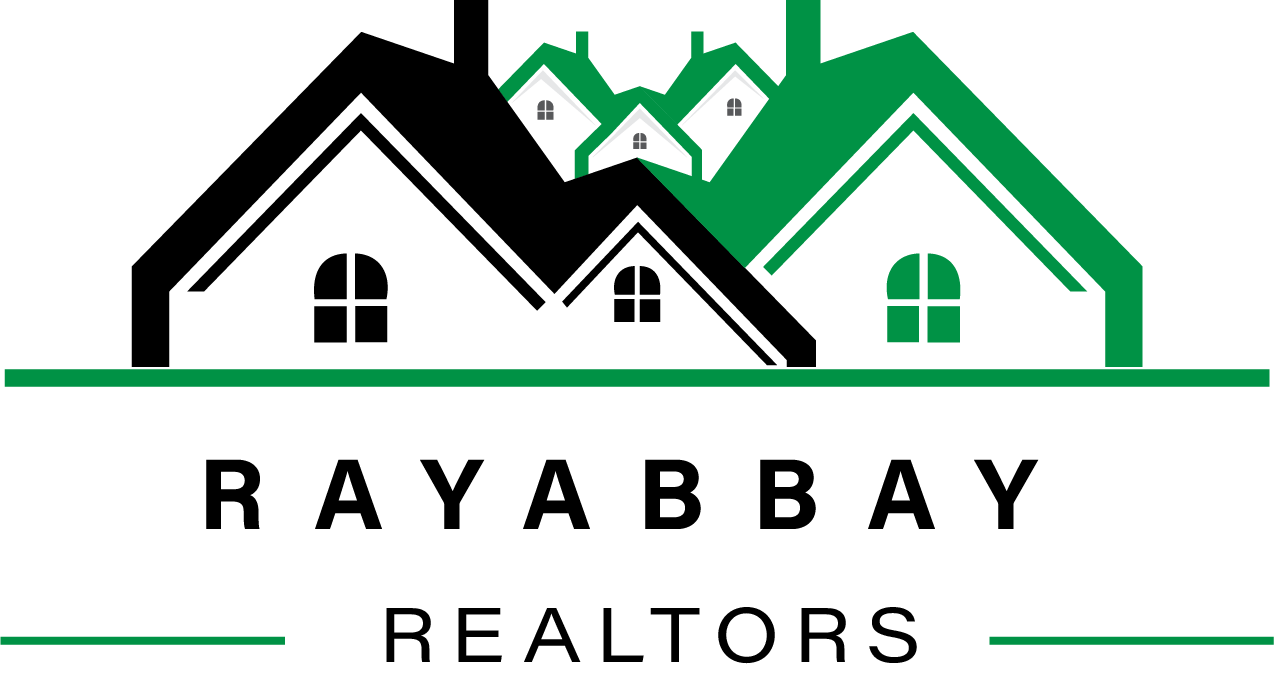What you need to know about mortgage insurance

Embarking on the journey of homeownership in Kenya often involves navigating through various financial intricacies, one of which is mortgage insurance. Understanding the nuances of mortgage insurance is crucial for prospective homebuyers seeking to make informed decisions and secure their investment. We'll look into the essentials of mortgage insurance in Kenya, shedding light on its purpose, types, and implications for both lenders and borrowers.
- The Purpose of Mortgage Insurance:
Mortgage insurance acts as a safeguard for lenders in case borrowers default on their mortgage payments. It is a risk mitigation tool that enables financial institutions to offer loans with lower down payment requirements, making homeownership more accessible to a broader range of individuals.
- Types of Mortgage Insurance:
- Borrower-Paid Mortgage Insurance (BPMI): In this arrangement, the borrower pays the premiums for the mortgage insurance. This is a common type of mortgage insurance and is often required for conventional loans with a down payment of less than 20%.
- Lender-Paid Mortgage Insurance (LPMI): With LPMI, the lender pays the premiums for the mortgage insurance, and the cost is typically incorporated into the overall interest rate or loan amount. While this may result in a higher interest rate, borrowers may benefit from a lower monthly payment.
- Mandatory for Low Down Payments:
Mortgage insurance is typically a requirement when the down payment on a home is less than 20%. In Kenya, this is particularly relevant for those utilizing conventional financing options. The insurance provides a layer of protection for the lender, allowing them to assume less risk when extending a mortgage with a lower initial investment from the borrower.
- Premium Payments:
Borrowers should be aware that mortgage insurance comes with a cost, and premiums can vary. The premium may be a monthly payment or a one-time upfront premium, depending on the type of mortgage insurance and the specific terms of the loan. Understanding the structure of these payments is essential for budgeting purposes.
- Impact on Affordability:
While mortgage insurance adds an additional cost to homeownership, it can enhance affordability by enabling individuals to secure a mortgage with a smaller down payment. Prospective homebuyers should carefully weigh the upfront and ongoing costs of mortgage insurance against the benefits of accessing homeownership sooner rather than later.
- Cancellation and Termination:
Borrowers should familiarize themselves with the conditions under which mortgage insurance can be canceled or terminated. For instance, once a borrower has accumulated sufficient equity in their home, they may be eligible to request the cancellation of mortgage insurance payments.
Conclusion:
Navigating the landscape of mortgage insurance in Kenya is an integral part of the homebuying process. By understanding the purpose, types, and implications of mortgage insurance, prospective homeowners can make well-informed decisions that align with their financial goals. Consulting with mortgage professionals and carefully reviewing the terms of mortgage insurance policies are essential steps in ensuring a smooth and financially sound homeownership journey.
